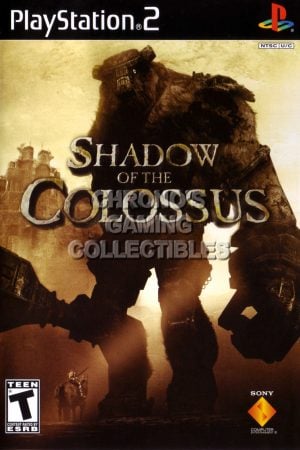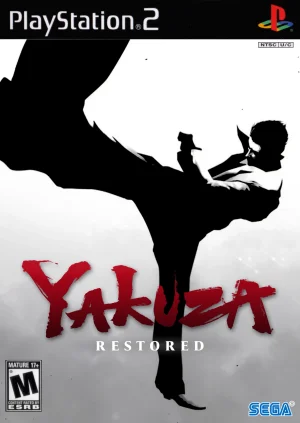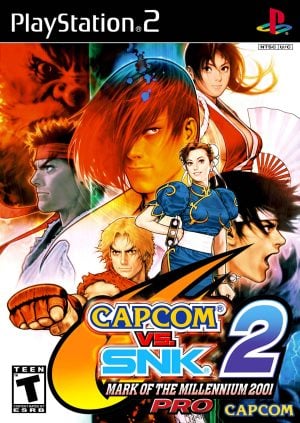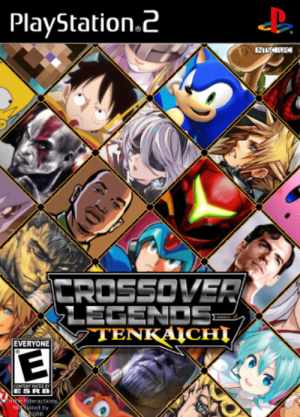The game provides an action gameplay inspired by the TV series. You control cyborgs fighting crime when becoming members of a secret government agency. In addition, from the third perspective, you can perform various actions like a fight, jumping, and climbing through twelve missions. The story can be discovered by videos between missions and during communications. In addition, you can use many different weapons and pick up extra items after defeating enemies. The game sometimes requires finding a hacking key that shows enemy locations. During the gameplay, you can find ways to hack some systems and computers. The game can be extended when you can explore all three difficulty levels or join multiplayer mode.
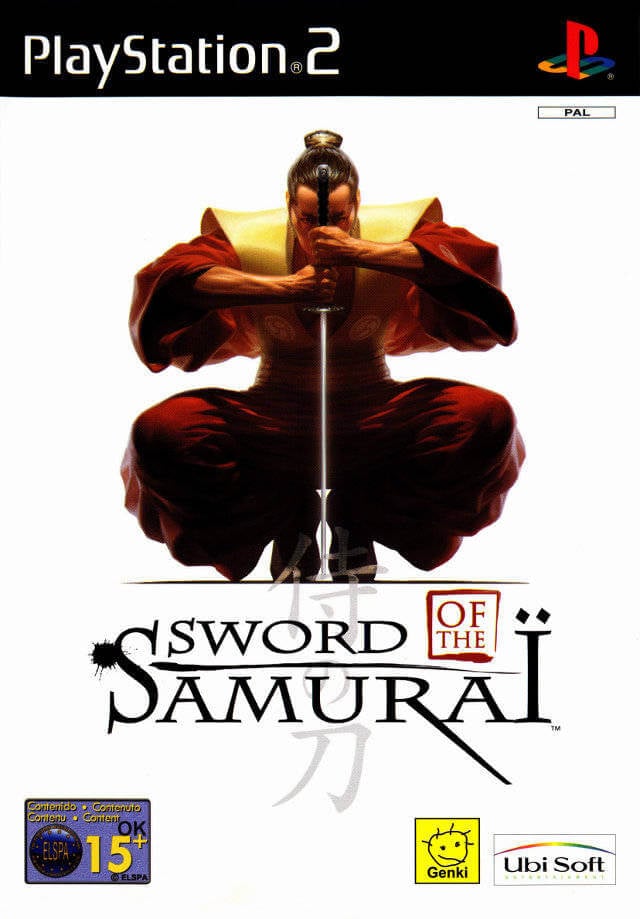
Sword of the Samurai
| Console | PS2 (Download Emulator) |
|---|---|
| Publisher | Ubi Soft |
| Developer | Genki , LightWeight |
| Genre | Fighting |
| Region | Japan |
| Views | 2,363 |
| Downloads | 1,239 |
| File size | 876.02 M |
3.7/5 (1 vote)
Download now
Problems with download or installation?

